Maina wa Njuguna
The $10 billion James Webb Space Telescope – NASA’s largest and most powerful space science telescope – will probe the cosmos to uncover the history of the universe from the Big Bang to alien planet formation and beyond.
NASA
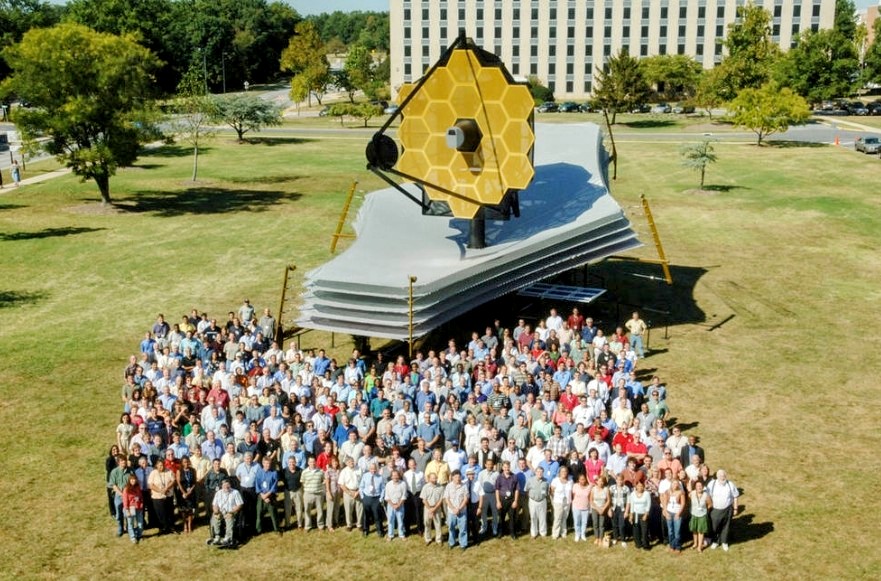
This powerful telescope is an infrared space observatory that launched on Dec 25, 2021.
It will have four major assignments – (i) see into the past (ii) probe how galaxies formed in the past (iii) probe into the birth of stars and protoplanetary systems (iv) birth of planets including origins of life.
The James Webb Space Telescope is the successor of the 32 year old Hubble Space Telescope.
NASA IMAGES:
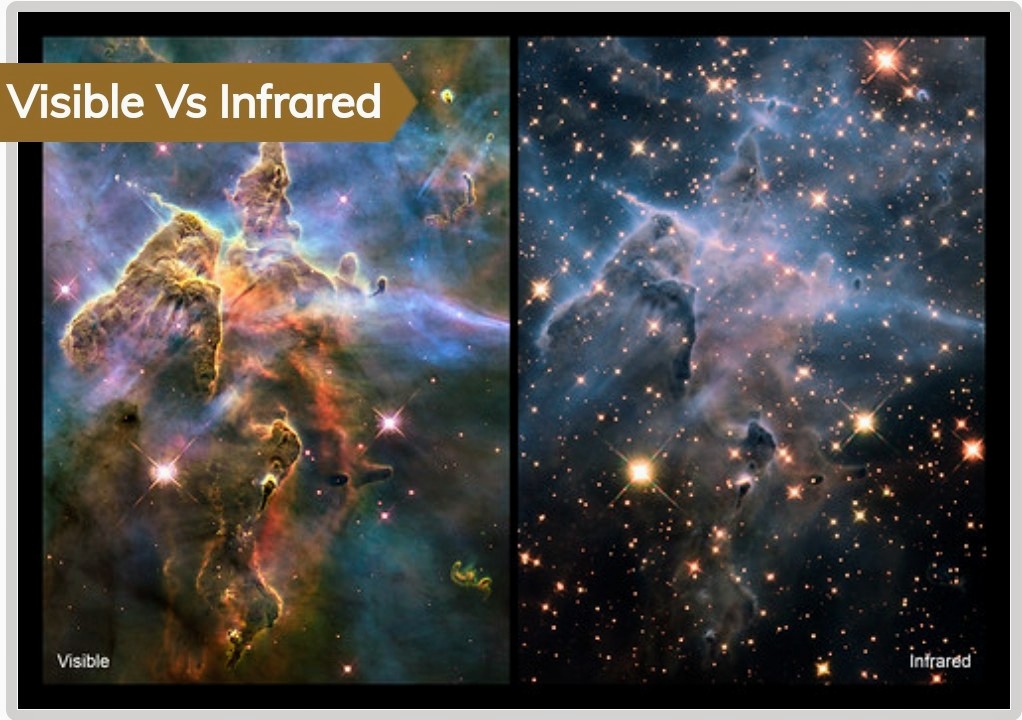
TIME MACHINE – JAMES WEBB SPACE TELESCOPE
One controversial mission of James Webb Space Telescope is probing into the past – birth of planets including origins of life depending on who one speaks to.
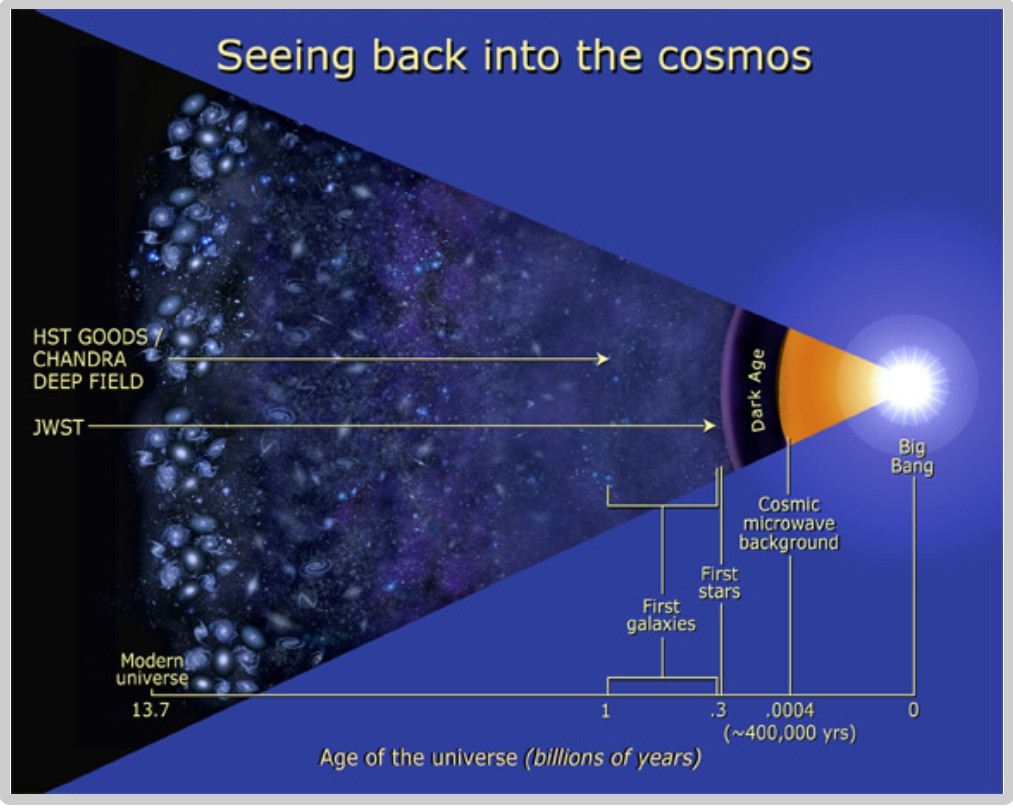
/NASA and Ann Feild [STScI]/
Science narrative – cosmological explanation of the origins of the universe is the Big Bang theory. It aims to explain existence of the observable universe from the earliest known periods through its subsequent large-scale evolution.
The Big Bang singularity – a moment (event or origin) when space and time loses meaning. An event due to the laws of physics that birthed the universe as we know it.
Telescopes 🔭 in general, especially extra powerful ones like the Hubble Space Telescope and the James Webb Space Telescope look way back into the past.
This phenomenon is looking into light years way, way back; light that has been traveling for millions of light years and is yet to reach us and definitely will not in our lifetime. It is impossible with the naked eye.
THE ORIGINS OF LIFE
There are many other stories from different communities and faiths that attempt to explain the origins of life.
Traditional folk tales of communities such as the AGIKUYU of east Africa believe that the first man Gikuyu assended from Mt. Kenya (the second highest mountain in Africa at 17,057′ in feet elevation).
He was lonely and asked Mwenye Nyaga (the source of life) for a help mate – and was given a wife named Mumbi (creator). They had 9 plus 1 daughters. The parents asked Mwenye Nyaga to provide 9 men for their 9 daughters. The men were miraculously availed and the community expanded.
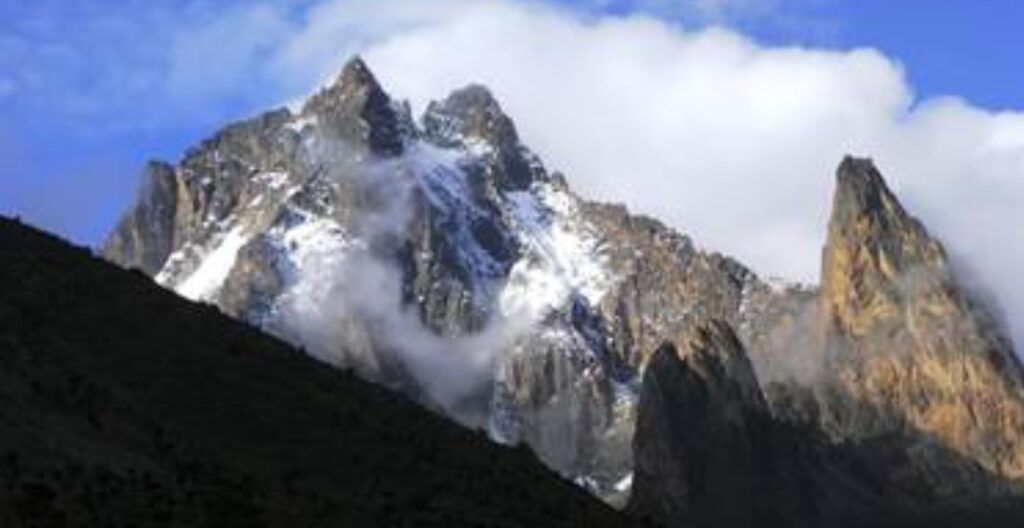
/courtesy/
The YORUBA of Nigeria (west Africa) traditionally believe all that existed was water, land and sky, which was ruled by Olorun.
Obatala, another god, requested Olorun if he could create land for living things to exist. When he was granted permission, Olorun visited Orunmila, Olorun’s first son, to consult with him about his wish. The story gets even more interesting but in a nutshell, life became as a result of these gods cooperation.
The ZULU of southern Africa pre-colonial myth of the creation of the world was all as a result of Unkulunkulu (“the greatest one”) created human beings and cattle from an area of reeds.
He created everything, from land and water to man and the animals. The Zulu consider Unkulunkulu the first man and the parent of all Zulu people. He taught the Zulu how to hunt, how to make fire, and how to grow food.
The Creation Story – from the Jewish tradition – Judaism which was coapted by the Christian religion, believe that Elohim (the Hebrew generic word for God), God, his name Yahweh, consulted with his son Jesus and the Holy Spirit to make man in his image and likeness. He created the heavens and earth in six days.
Yahweh, creates Adam, the first man, from dust and places him in the Garden of Eden, where he is given dominion over the animals. Eve, the first woman, is created from Adam as his companion. And the story of human existence begins.
THE RETIRING HUBBLE SPACE TELESCOPE
The Hubble has peered back into the very distant past, to locations more than 13.4 billion light years from Earth. Since its mission began in 1990, Hubble has made more than 1.3 million observations.
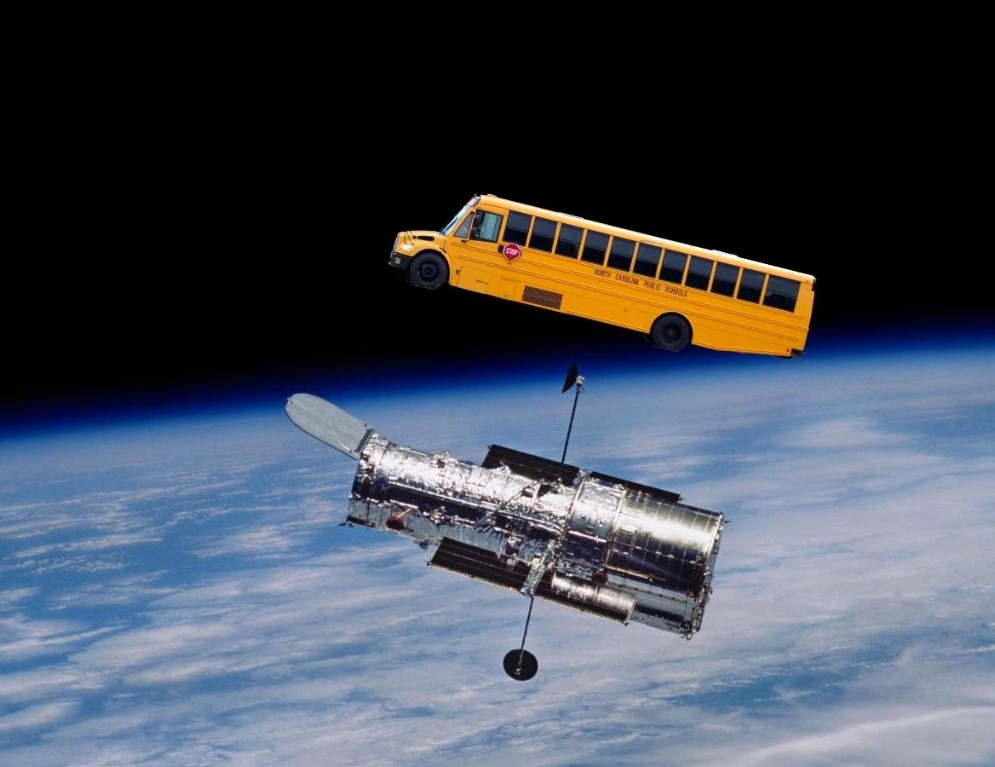
/Tony Rice, NASA/
According to astronauts, the Hubble Space Telescope has achieved the following –
• Enabled calculate the age for the universe now known to be 13.8 billion years, about three times the age of Earth.
• Discovered two moons of Pluto, Nix and Hydra.
• Helped determine the rate at which the universe is expanding.
• Discovered that major galaxies are anchored by a black hole at the centre. It enabled a 3-D map of dark matter.
THE MILKY WAY GALAXY – OUR HOME
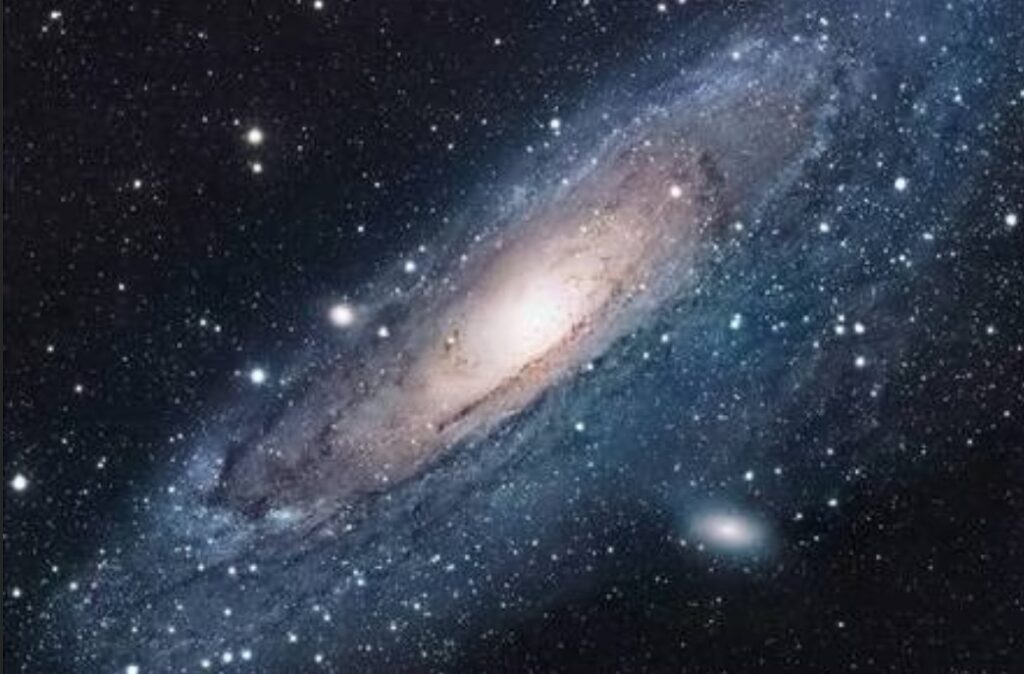
/courtesy/
The Milky Way is the galaxy that includes our Solar System, with the name describing the galaxy’s appearance from Earth: a hazy band of light seen in the night sky formed from stars that cannot be individually distinguished by the naked eye.
• Age: 13.61 billion years
• Radius: 52,850 light years
• Number of stars: 100–400 billion
• Shape – Spiral light ascension: 17h 45m 40.0409s
• Thickness: about 1000 light years (Wikipedia)
ANDROMEDA GALAXY – OUR NEIGHBOR
The Hubble Space Telescope has been able to see the sharpest and deepest images of our Universe.
Our nearest neighbouring galaxy, the Andromeda galaxy, being viewed as it was almost 2.5 million years ago. This means telescopes like Hubble act like time machines, enabling us to study the history of our Universe.

European Space Agency /courtesy/
So, we are in for a treat for ground breaking revelations as the powerful JWST starts to explore the universe back in time, many million of light years with its infrared capabilities; with pictures never seen before.
FOOTNOTES:
Black hole – a region of spacetime where gravity is so strong that nothing — no particles or even electromagnetic radiation such as light — can escape from it. (Wikipedia)
Infrared light – electromagnetic radiation with wavelengths longer than those of visible light. It is therefore invisible to the human eye.
Light years – a measurement of distance and not time. A light-year is the distance a beam of light travels in a single Earth year, which equates to approximately 6 trillion miles (9.7 trillion kilometers). It is the unit measurement astronomers use to measure distances between object in the universe.





Recent Comments